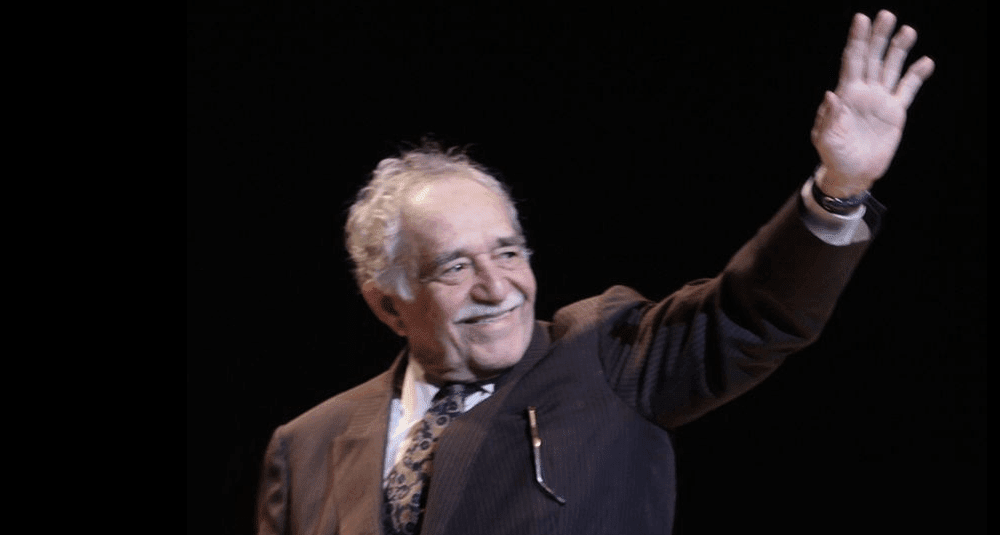In which village is Gabriel García Márquez’s novel One Hundred Years of Solitude set?
Last Updated:
One Hundred Years of Solitude is a historical novel by Gabriel García Márquez, published in 1967, which traces the history of the Buendía family over seven generations in the fictional village of Macondo.
Macondo is the novel’s main setting, an imaginary village founded by José Arcadio Buendía and his wife Úrsula Iguarán. Located in a remote region of Colombia, Macondo is described as a utopian place in its early days, reflecting the innocence and purity of its first inhabitants. Over time, the village evolves, undergoing outside influences, political upheavals and social transformations, symbolizing the journey of Latin America.
Although fictional, Macondo is largely inspired by García Márquez’s native village of Aracataca, on Colombia’s Caribbean coast. The author transposes memories of his childhood, stories told by his grandparents and local traditions to create a place rich in symbolism and meaning. Macondo thus becomes a microcosm of Latin American society, blending reality and fantasy in the tradition of magic realism.
The village of Macondo is the scene of many extraordinary events that defy the laws of reality, characteristic of magical realism. Phenomena such as Remedios la Belle’s ascent to heaven, the apparitions of the gypsy Melquíades and the torrential rains that last for years illustrate this fusion of the real and the fantastic. These elements serve to deepen the novel’s central themes of loneliness, fate and the repetition of historical cycles.
In One Hundred Years of Solitude, Macondo is not just a setting, but a living character that evolves with the times. The village experiences periods of prosperity and decline, reflecting the ups and downs of the Buendía family. The interactions between the inhabitants and their environment underline the themes of isolation, destiny and the quest for identity.
Macondo symbolizes the cyclical history and challenges of Latin America. Events such as civil wars, dictatorships, foreign interventions and revolutions reflect the socio-political realities of the region. The village also embodies the struggle between tradition and modernity, and the impact of isolation and loneliness on a community.
Macondo, the fictional village in which One Hundred Years of Solitude is set, is much more than just a geographical location. It represents a complex universe where reality and myth intertwine, offering a profound reflection on the history, culture and soul of Latin America. Through Macondo, Gabriel García Márquez invites readers to explore the mysteries of the human condition, the cycles of life and the invisible forces that shape our destinies.
literature

In which village is Gabriel García Márquez's novel One Hundred Years of Solitude set?
Answer
Gabriel García Márquez's novel One Hundred Years of Solitude is set in the fictional village of Macondo, founded by the Buendía family in Colombia.